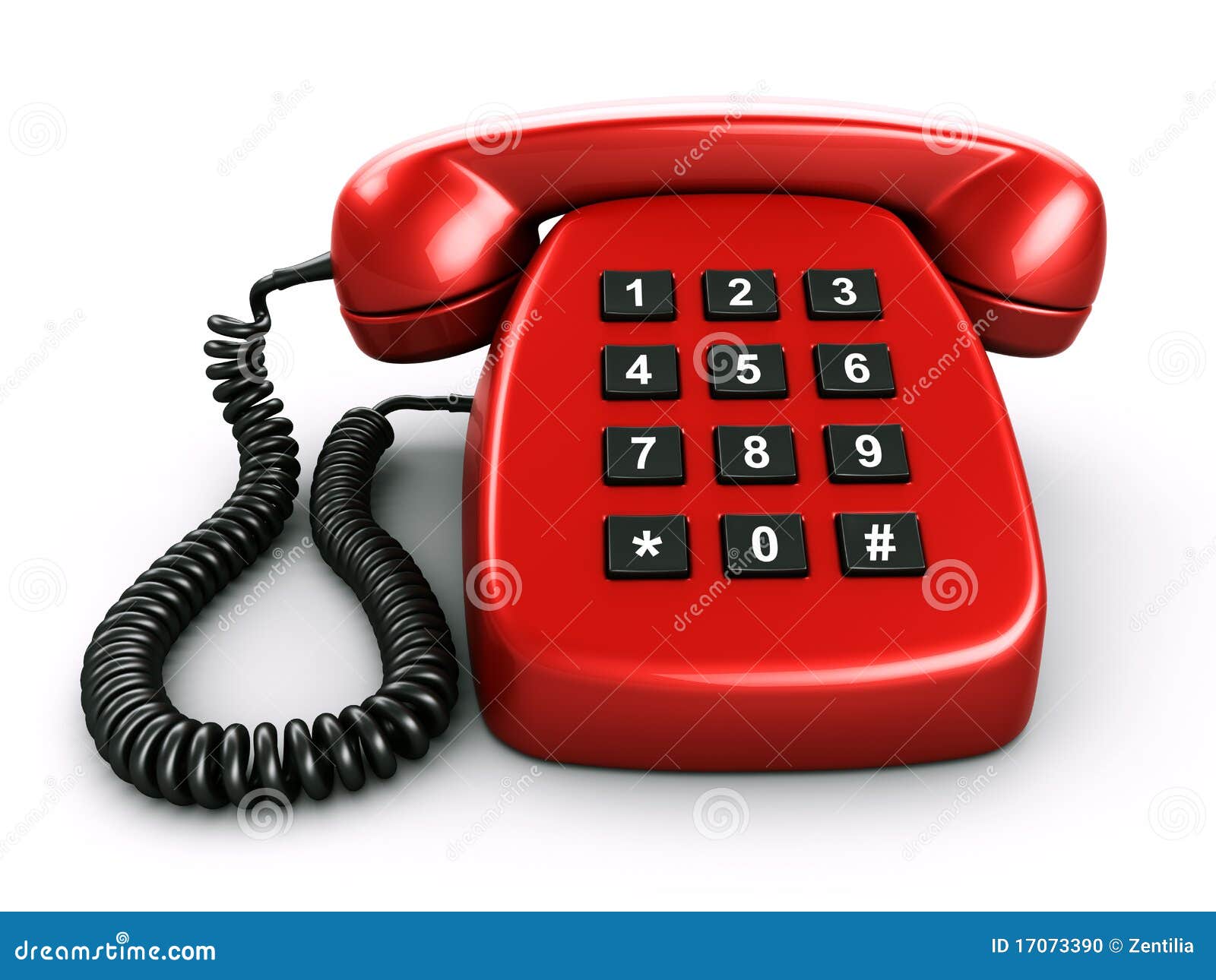

Or not, as there is a nifty little piece of in-between: The ICL 1501, also known as Cogar 4 or Singer 1501 (*6). Well, computer-wise that's the end of the story. This was not only because the assumed user would be in accounting rather than at an exchange, but push-button telephones had just been introduced a few years before and at the time they were still exotic, not available at all exchanges and in no way a prototype to be used - so calculators were the only serious template to follow. They decided to start from scratch and make the numpad as found on calculators. IBM's early terminal system 2250/2260 as well as the new all changing 3270 family didn't feature numeric keypads (later 3270 variations did) so it was up to third party manufacturer to introduce such a splendid addition - like CTC did with the Datapoint 2200 (*5). Important, the sequence was kept top down as with the Type 31, not changed to reassemble a calculators bottom up sequence. Now the keys are aligned within the alpha section, horizontally, but still semi-staggered through the key interleave. The IBM 026 keypunch of 1949 set the standard for the remainder of the punch card age as well as early terminals by dropping the numeric keypad - after all, who needs one if the highly sophisticated keypunch can do all punching on its own? (Picture from Wikipedia, additional information here) To ease transition the keys were still staggered, even though it was no longer needed as punching was now done independently of the key position. The first (IBM) alphanumeric keypunch, the Type 031, had a separate numeric keyboard, so operators could not only key in numbers fast, but also use that pad (as with prior machines) to enter characters as a combination of holes. Notable that there is a digit zero, as punch cards do need zero key to actively punch a hole in row zero to represent 0. (Picture taken from the fine computer historic pages of Columbia University) For example, IBM's Type 011 electric keypunch of 1923: This is also why the numbers were not in rows but staggered. Using any other order would need additional mechanisms, which is never a good idea. The sequence was mandated by the punch cards having their holes in the same order. Early on during their own era, punch cards were simply numeric, with a top-down sequence. This is where computers inherited it from. well, no longer mechanical, but the UI is still the same. Keypad calculators became common place in the mid to late 1930s and lasted essentially until today. When advanced mechanics allowed the use of a single keypad, the use case still stayed the same, resulting in a bottom up numbering, but now arranged in a square with a large zero or sometimes a double zero below. Like any previous technology, it was based on a different way of thinking. No, not for entering zero, but for resetting the column. The machine is special (as it is late) by having an extra row at the bottom. This is especially neat to see with the following one, as the final function after entering a number will almost always be hitting the adding button which is located prominently in the lower right. Eye movement (to search) usually goes ahead of hand movement, so bottom-up gives the numbers in sequence. While there were also some devices (especially cash registers) with numbers increasing from the top downwards, calculators usually placed the numbers bottom up, as they assumed the user to sit, having a hand movement coming from a rest point at the lower end (*4). (I selected this rather late Brunsviga 90T as it nicely demonstrates the use of other systems than decimal, as it's made for British ( pre-decimal) currency *3) Almost like going back in time before the zero was invented. All digits were reset after each operation, and unlike when entering a number from a single keypad, no zero was needed to fill the gap. Nine, as there was no need to enter a zero at all. The next generation of calculators (and soon cash registers) used a set of columns, one per valid digit and 9 buttons per column (*2). This covers about the 1890s until 1920s (*1).

Early calculators used levers for each digit. Numeric ordering on a keyboard isn't as logical as someone might assume and went through several iterations.

The telephone keypad arrangement was derived in an UI analysis in 1959/60 probing 'average' customers - people at the time not really in contact with calculators or even less computers. (Also, this is meant as an overview, a timeline to see development and usage, not about any firsts, inventions or alike) TL DR:Ĭomputer keyboards grew out of calculator key assignments, as both are business tools. (I got the feeling I've answered this already once, but can't find it)


 0 kommentar(er)
0 kommentar(er)
